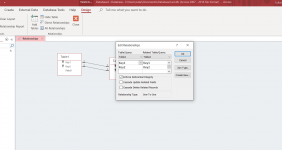Hello Guys,
i have model where i have composite keys (primary keys - unique ones).
And what i need to do is creating relationships between tables.
What i will get i will get just flat files with composite keys specified and will have to join them to see only structure in diagram.
It is good to use Composite primary key and join it with it ?
Best,
Jacek
i have model where i have composite keys (primary keys - unique ones).
And what i need to do is creating relationships between tables.
What i will get i will get just flat files with composite keys specified and will have to join them to see only structure in diagram.
It is good to use Composite primary key and join it with it ?
Best,
Jacek


